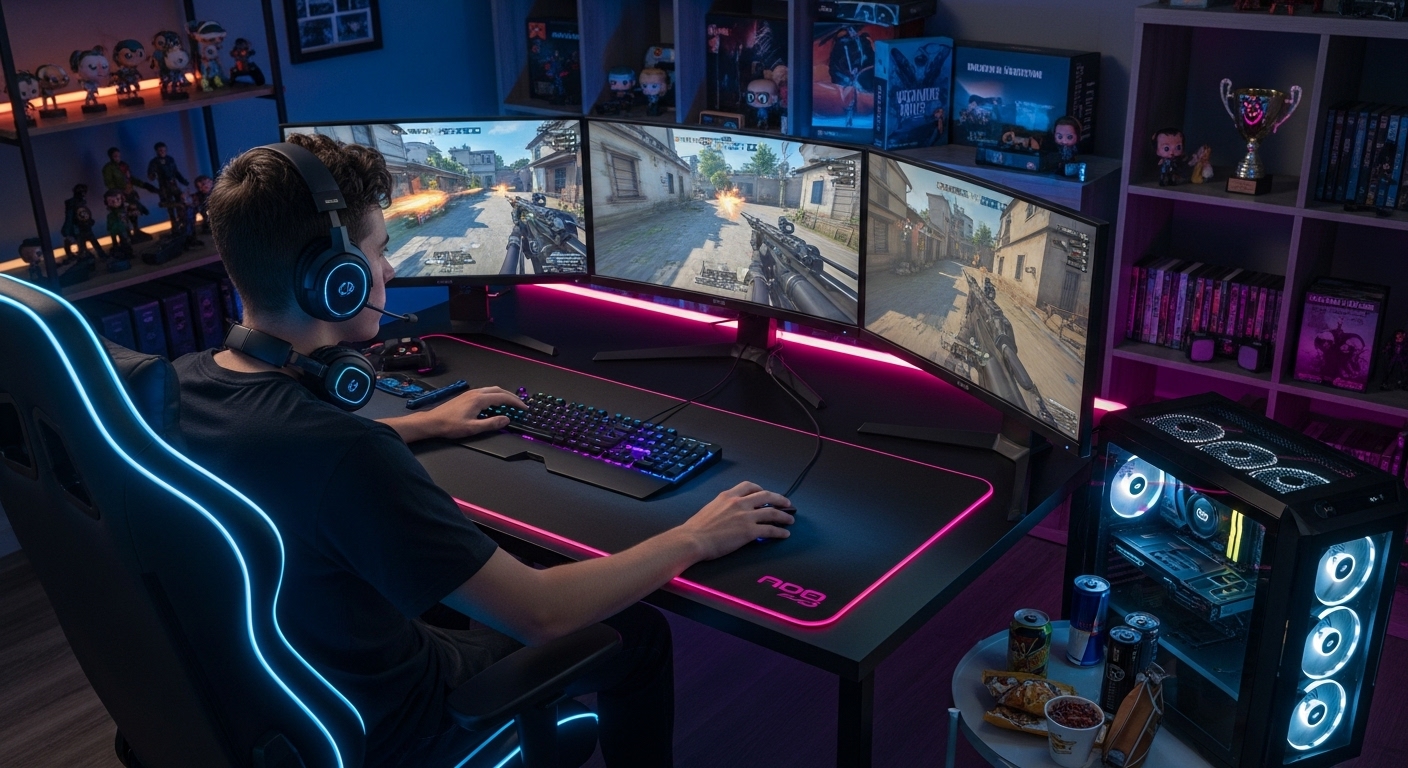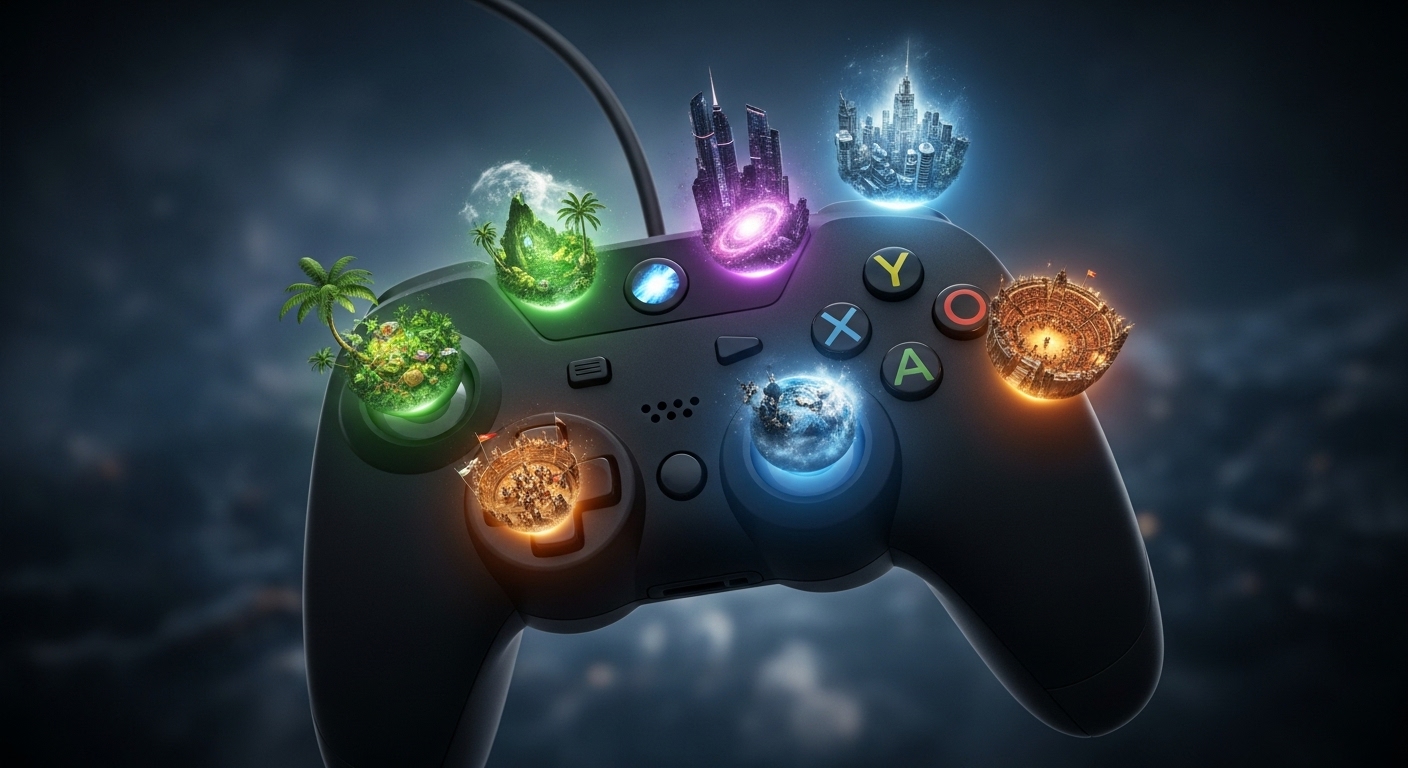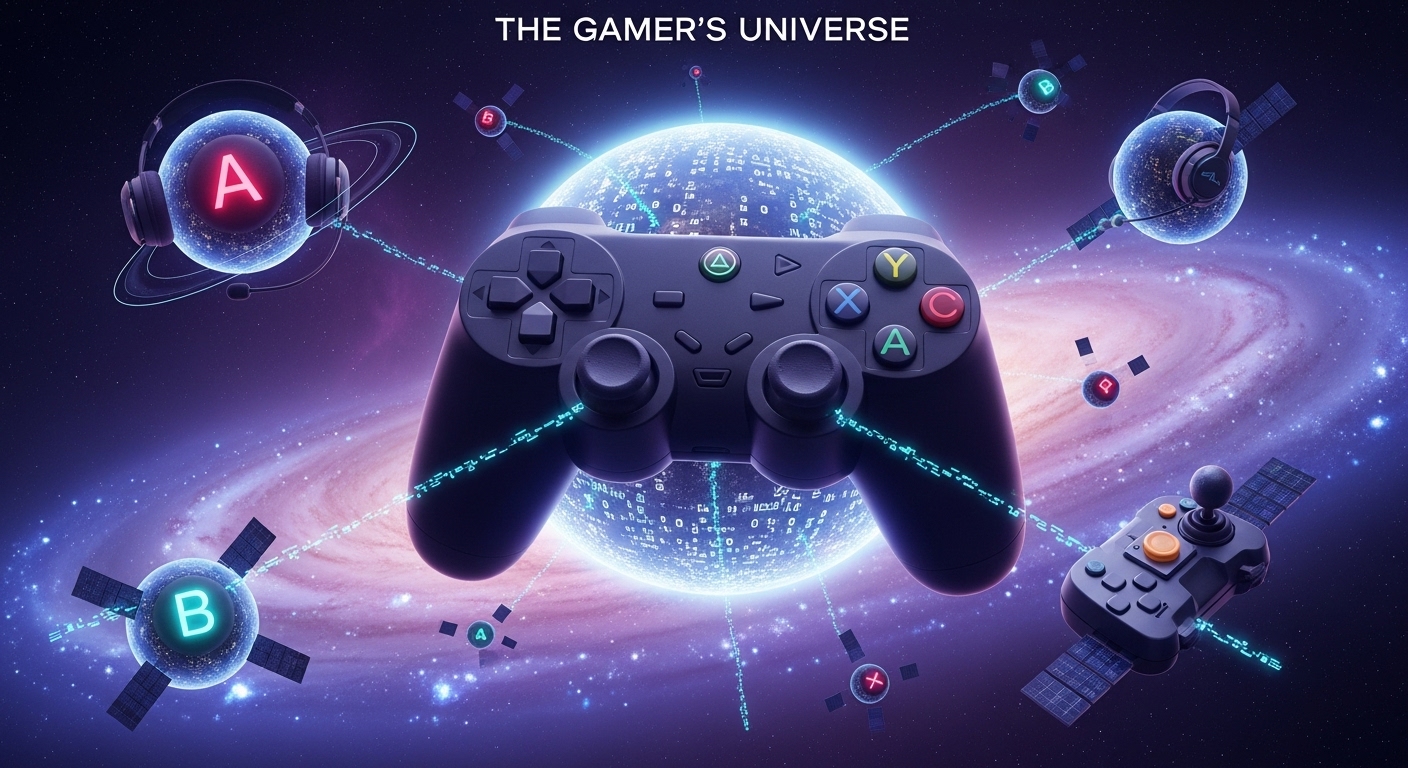In today’s world, gaming has evolved from a niche hobby to a global phenomenon, with millions of players diving into virtual realms. It’s not just about leisure anymore; gaming has become an integral part of the entertainment industry, influencing culture, technology, and social dynamics. From casual mobile games to hardcore console and PC experiences, there’s something for everyone in the world of gaming.
The Evolution of Gaming
Gaming has come a long way since its inception in the 1950s. What started as simple arcade games, like Pong and Space Invaders, has blossomed into a multi-billion dollar industry that encompasses a vast array of genres and platforms. Today, gamers can explore open worlds, solve intricate puzzles, or compete in fast-paced multiplayer battles, all from the comfort of their own homes.
One of the most remarkable changes in gaming has been the advancement of graphics and immersive storytelling. The days of pixelated characters and monotonous plots are long gone. With powerful consoles and PCs, games now feature hyper-realistic graphics, complex narratives, and lifelike animations that transport players to fantastical worlds.
Why Gaming is More Than Just Entertainment
At its core, gaming is about having fun. But beneath that surface, gaming offers much more. For many, it’s a way to connect with friends and build communities. Online multiplayer games like Fortnite, Call of Duty, and World of Warcraft allow players to team up, strategize, and form lasting relationships. These games have created global communities where players from different corners of the world come together to achieve common goals.
Moreover, gaming has become a platform for self-expression. Through avatars and customizable characters, players can create unique identities and represent themselves in ways they may not have the opportunity to in real life. This sense of freedom and creativity is a powerful draw for many, especially in multiplayer online games.
The Social Side of Gaming
In the past, gaming was often seen as a solitary activity. But with the rise of online gaming, the social aspects have taken center stage. Many games now feature built-in communication tools, such as voice chat and text messaging, which allow players to interact with each other in real time. Whether it’s coordinating tactics in a competitive game or simply chatting while exploring a virtual world, the social side of gaming has made it more inclusive and accessible.
There are also professional gaming leagues and tournaments, often referred to as “eSports,” where skilled players compete for significant prizes and recognition. eSports has grown tremendously in recent years, with major tournaments like The International for Dota 2 and League of Legends World Championship drawing in millions of viewers.
Gaming as a Learning Tool
Beyond entertainment, gaming has shown itself to be a valuable educational tool. Serious games, which are designed to teach specific skills or concepts, are being used in classrooms around the world. Games can teach everything from history and science to strategy and problem-solving. The immersive nature of games allows for experiential learning, where players actively engage with the material instead of passively consuming information.
Furthermore, gaming has been proven to enhance cognitive abilities. Studies suggest that gaming improves hand-eye coordination, decision-making skills, and multitasking abilities. Certain games, such as puzzle or strategy games, challenge players’ critical thinking and problem-solving abilities. Even action-packed shooters can improve spatial awareness and reaction times.
The Future of Gaming
The future of gaming is an exciting prospect. With advancements in virtual reality (VR) and augmented reality (AR), players will soon be able to experience games in more immersive and interactive ways than ever before. Imagine stepping into a virtual world, fully immersed in its sights, sounds, and sensations, or having digital elements interact with the real world around you. These technologies are still in their early stages, but the possibilities they offer are limitless.
Additionally, cloud gaming is poised to revolutionize how we access and play games. Instead of needing powerful hardware, players can stream games directly to their devices, opening up gaming to a wider audience. As internet speeds increase and technology improves, the dream of playing high-quality games anywhere, on any device, could become a reality.
Conclusion
Gaming is not just a pastime; it’s a gateway to a universe of exploration, competition, creativity, and social connection. Whether you’re battling enemies in a distant galaxy, solving puzzles, or simply chatting with friends across the world, gaming offers a unique and dynamic experience. As technology continues to evolve, the gaming industry is only going to get bigger, more immersive, and more exciting. So, pick up that controller or load up your favorite game on your phone—you never know where the next adventure will take you.
This post provides an insight into the world of gaming, exploring its evolution, social impact, and the exciting future ahead. By highlighting its educational and cognitive benefits, gaming is framed not just as a form of entertainment, but as a powerful tool for growth and connection.



